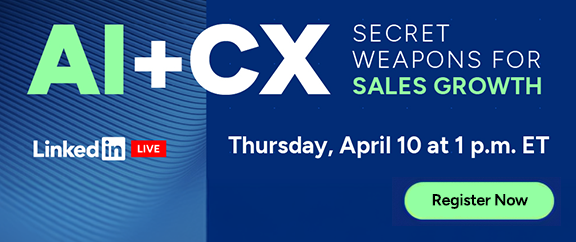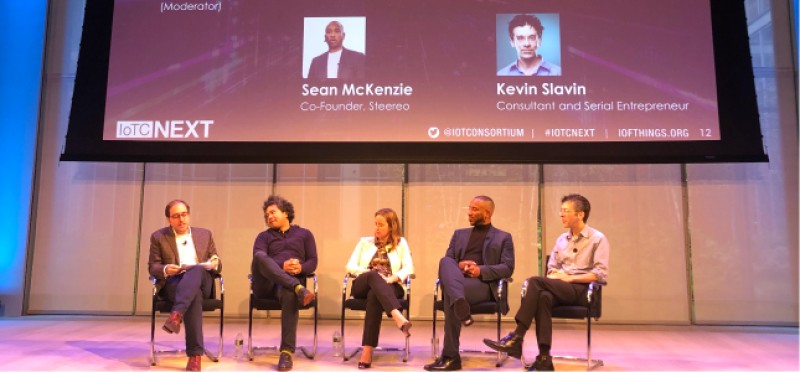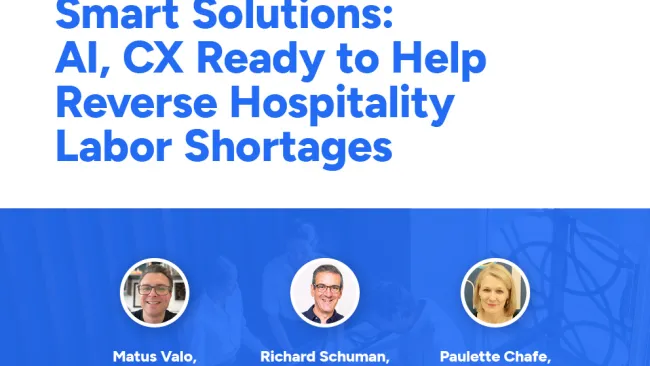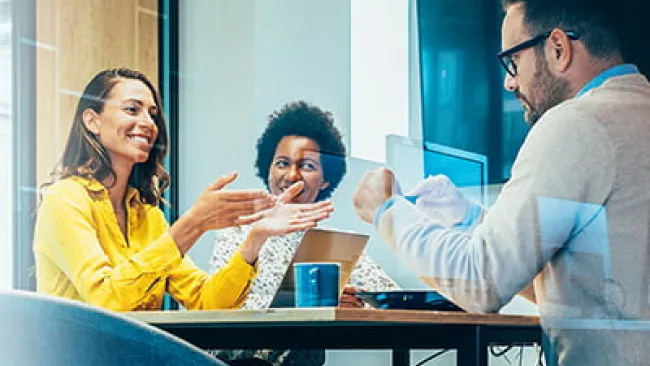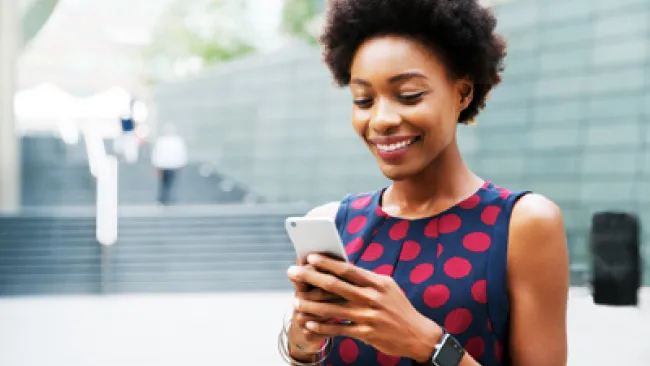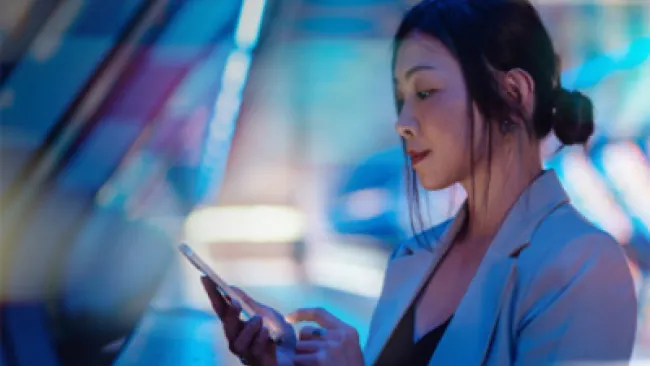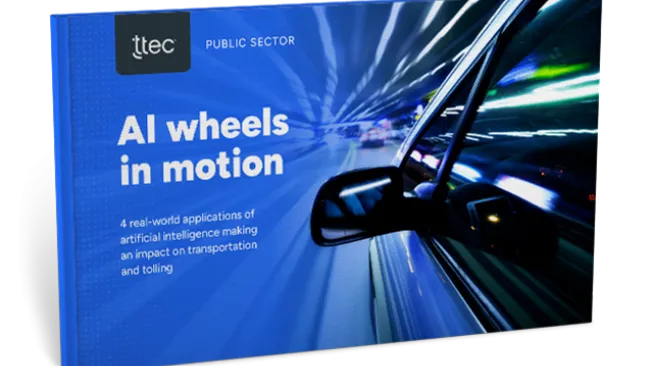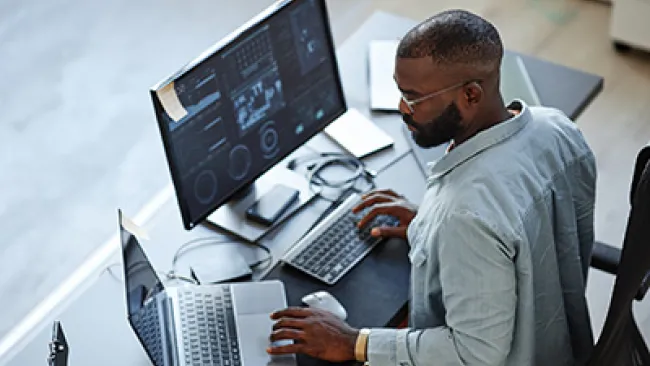IoT (Internet of Things) devices, products that are connected to multiple channels (think Google Home or any smart home device), are redefining how consumers interact with technology, just look at the UK baby whose first word was Alexa. The recent Connected Future Summit gathered experts and pioneers in this field to contemplate a world that is becoming more connected.
Where is IoT now?
The appeal of IoT devices is how it can streamline many simple tasks, like turning off the lights or playing the news, into only a few devices. Rachel Schwartz, head of business strategy at Bose, cited the sense of control, communication, and access of information as huge incentives for users to jump on board. And consumer adoption is growing—1 in 4 homes have smart speakers to compared to almost none five years ago. But they are not without their own problems.
When pondering the state of IoT, Greg Kahn, president and CEO of Internet of Things Consortium, didn’t wear rose colored glasses. Throwing out a baseball analogy, he said, “We are at the top of the second inning.” IoT still has a long way to go.
“IoT is growing more slowly than it was predicted in 2015,” echoed Bretty May, COO and GM of McKinsey & Co. He cited an executive survey that found 90 percent of respondents are actively participating in IoT initiatives, but only a third have deployed past the pilot phase.
Many of the speakers said that users are facing a huge educational gap on how to use their devices apart from the original intent of purpose (i.e. using your Alexa as a speaker or ordering products). This is coupled with a sense of mistrust of how these devices may use data or invade user privacy. Recent research from the Internet Society revealed that 75 percent of people are concerned about the way IoT devices will use their data without their permission. Meanwhile, 63 percent find data collection creepy.
It is time to be more human
The consensus amongst some of the top companies at the conference, ranging from Google to Bose, was that organizations need to create more experiential moments with their products for consumers. Essentially, give customers (and clearly explain) the opportunities to experience firsthand how these connected devices can improve their lives.
David Wertheimer, former president of digital products at Fox, stated, “we are doing a great job of moving the product,” but customers need to understand the value proposition to engage with them more. “Many industries have this issue of trying to broadcast messages to people and not treat them as individuals [with] their particular needs and issues.”
Companies need to listen and speak to their customers on a more authentic level. Mark Spates, product lead for smart speakers at Google, said brands need to do a better job of explaining the value proposition of smart devices to users and tell stories on how they can impact their lives, like how smart devices are a great approach to monitoring your baby or your child’s internet usage.
The many voices of IoT
Ultimately, it’s the consumer in the end that decides the IoT winners, added Derrick Dicoi, vice president of strategy and product management at Xfinity Home for Comcast. Product sales, customer adoption and long-term retention will be the best metrics of success.
Kathryn Harrison, founder of DeepTrust Alliance, wanted everyone in attendance to consider how IoT technology will affect everyday life. “Look at things not just as the tech but the portfolio of experiences we need in order to consume them,” she says.
Every year will feature a slicker and more promising IoT device. But if organizations do not get the experience right, users will continue to use these devices in a limited, less trusting way.
